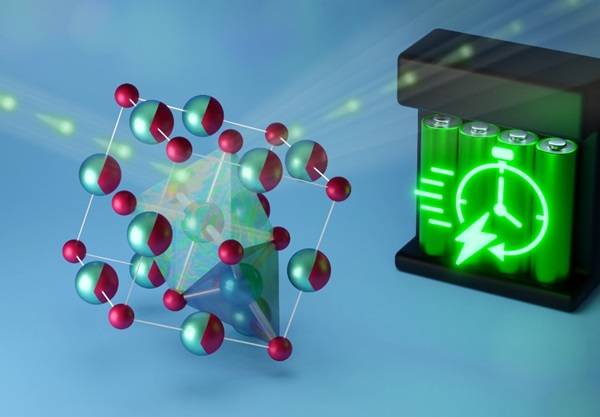
A cousin of table salt could make energy storage faster and safer
A material with a disordered rock salt structure could help make batteries safer, faster-charging, and able to store more energy

A material with a disordered rock salt structure could help make batteries safer, faster-charging, and able to store more energy
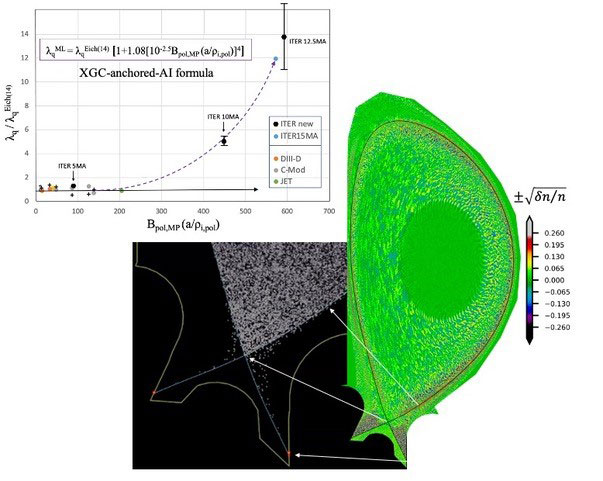
Extreme-scale turbulence simulation and AI discover a formula to predict the crucial exhaust heat-load width in future tokamak fusion reactors.
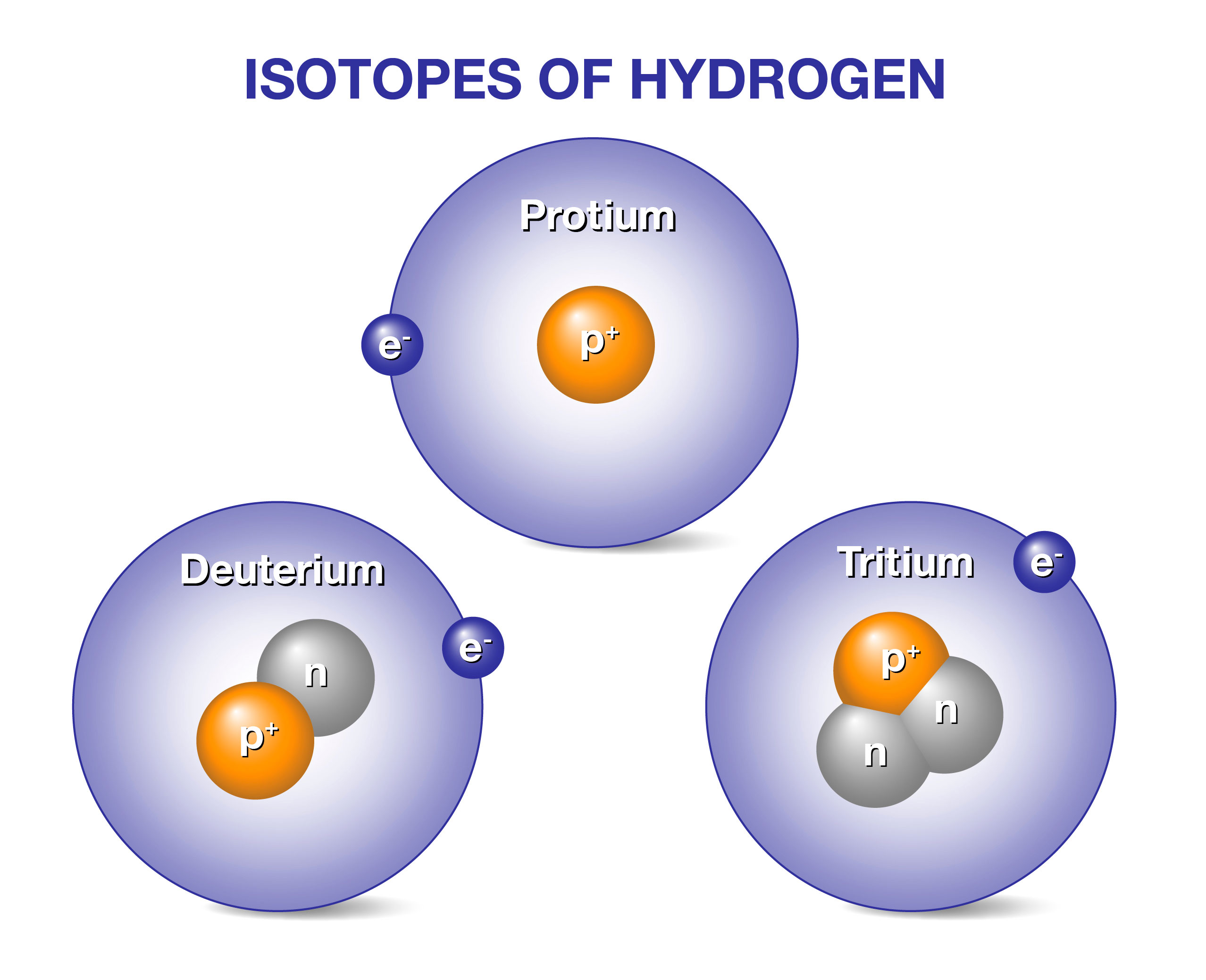
Researchers use a supercomputer to understand the mysterious “isotope effect” for better fusion reactors.

Nuclear theorists put pen to paper and code to computer to detail this subatomic particle’s inner structure.
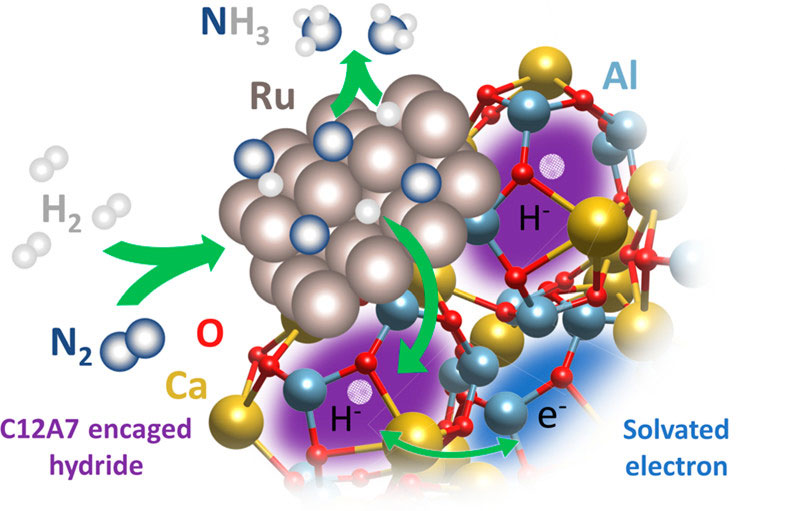
Researchers unveil a new catalytic mechanism in a novel material used for ammonia synthesis, a key component in fertilizer.

Data from the first observation of a neutron-star collision combined with input from modern nuclear theory narrow the range of neutron star radii.
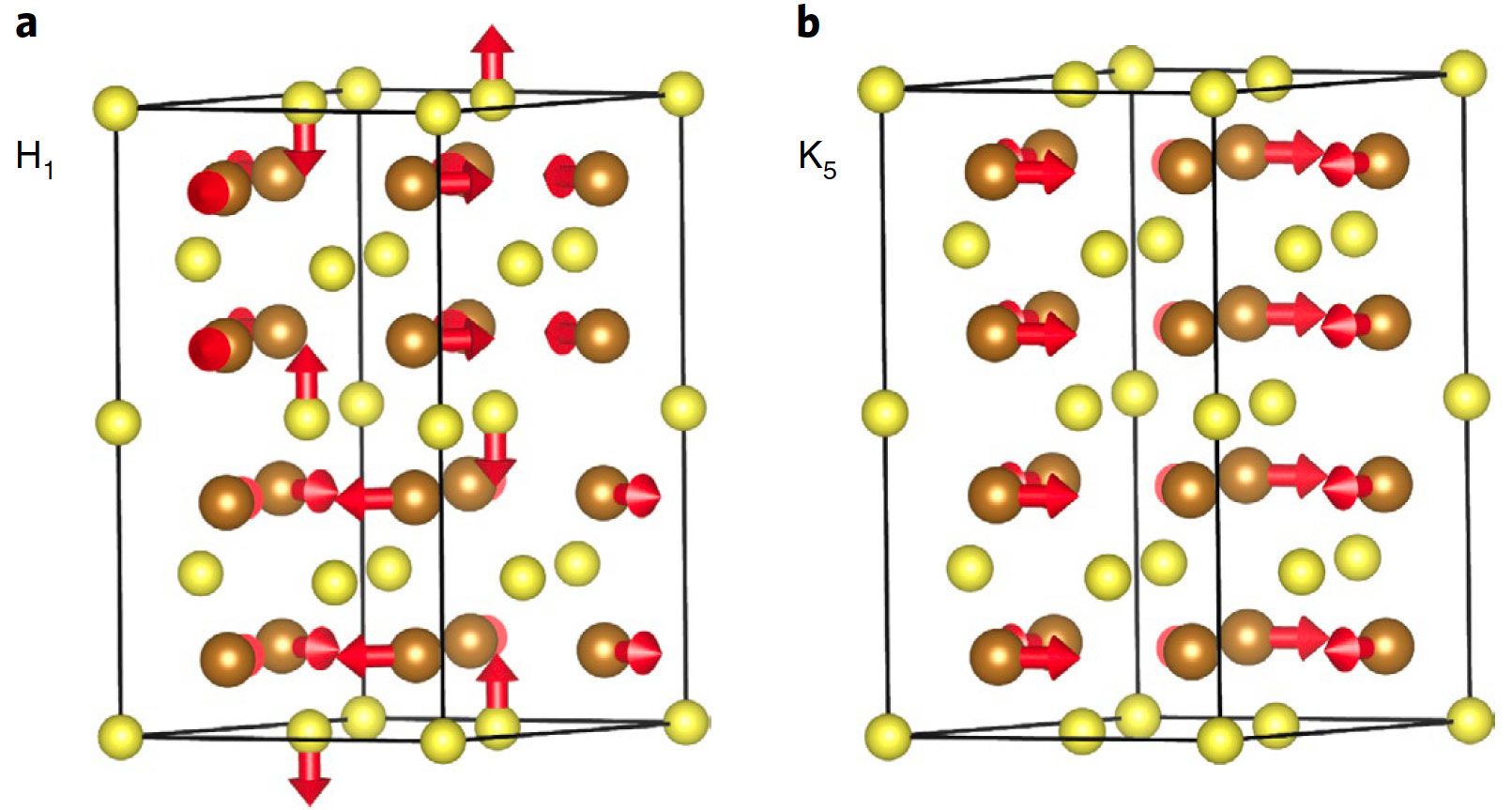
Neutron and X-ray experiments illuminate the magnetic transitions in hexagonal iron sulfide that transform it from a conductor to an insulator.
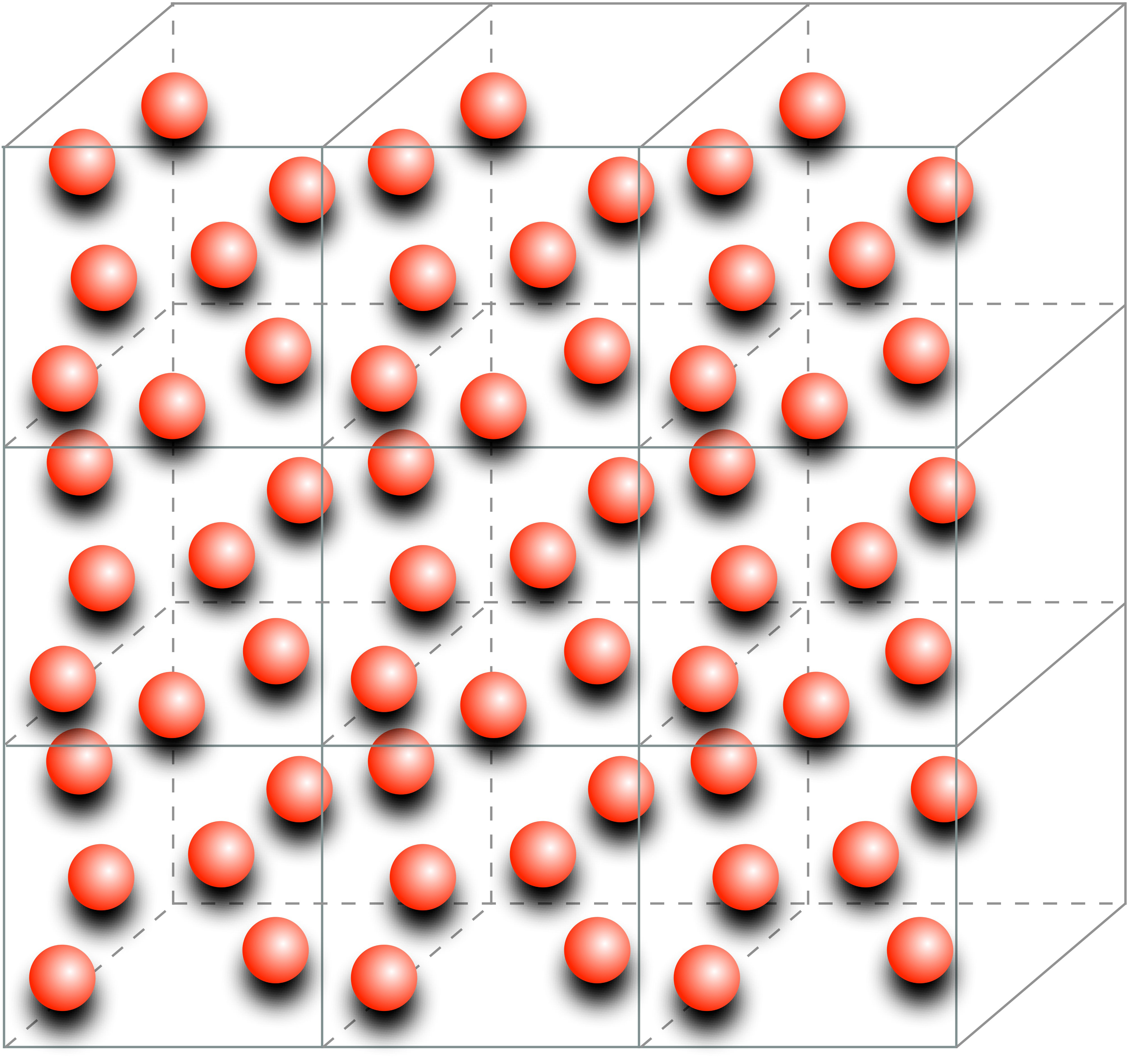
Nuclear theorists explore the properties of dense neutron matter to get at the core of neutron stars.
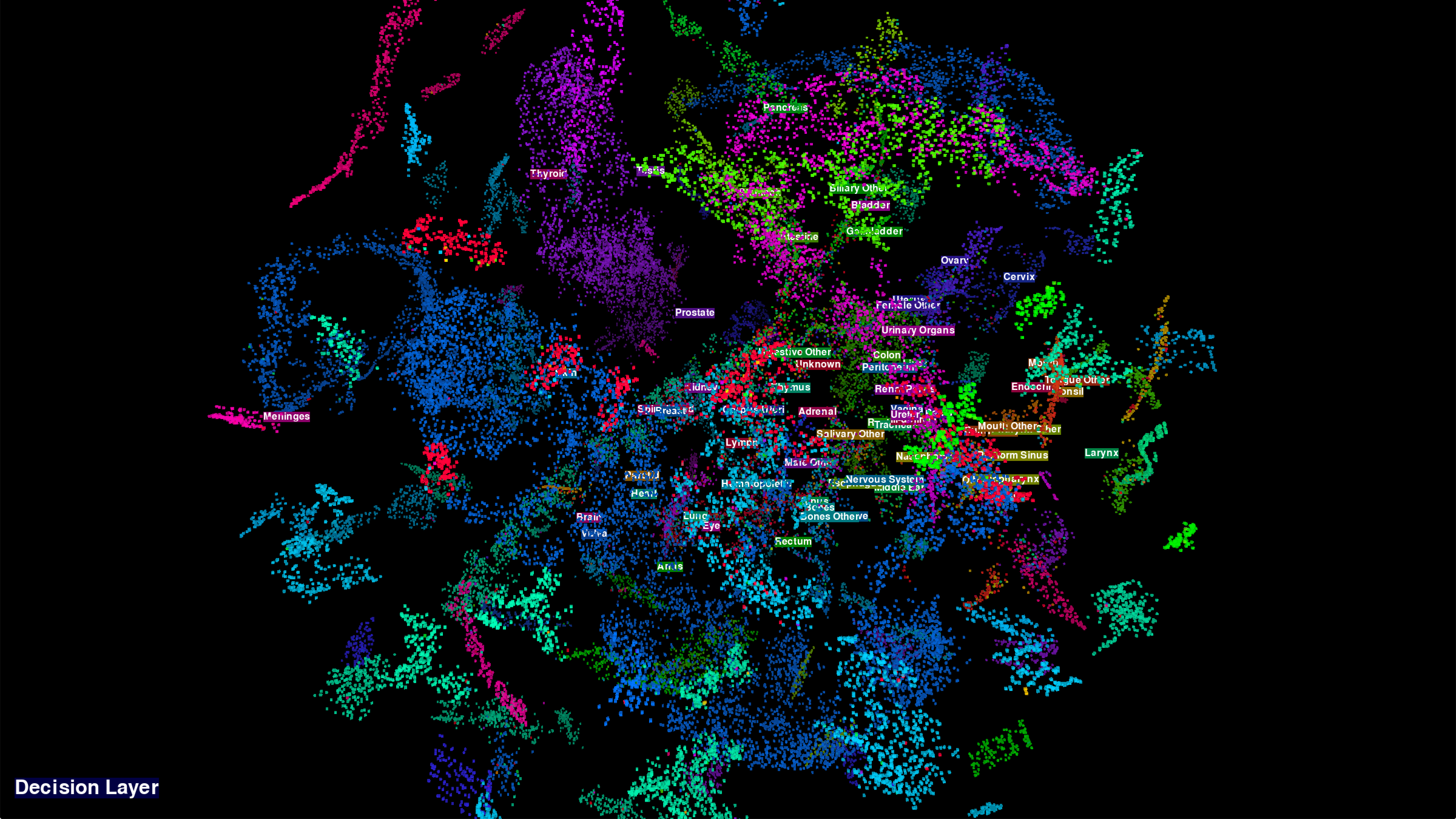
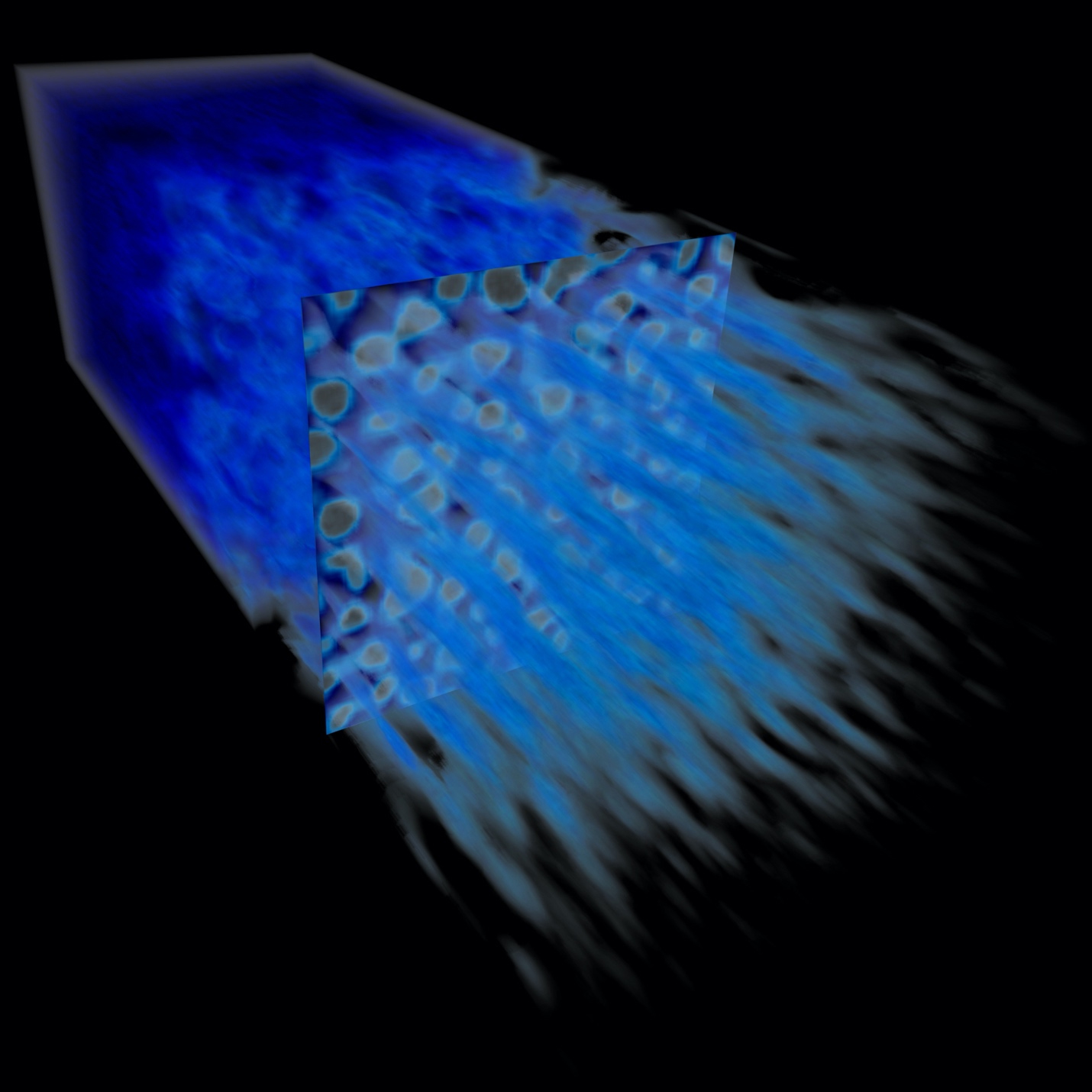
New laser-driven experiments and numerical simulations reveal an electron acceleration mechanism relevant to young supernova shock waves.
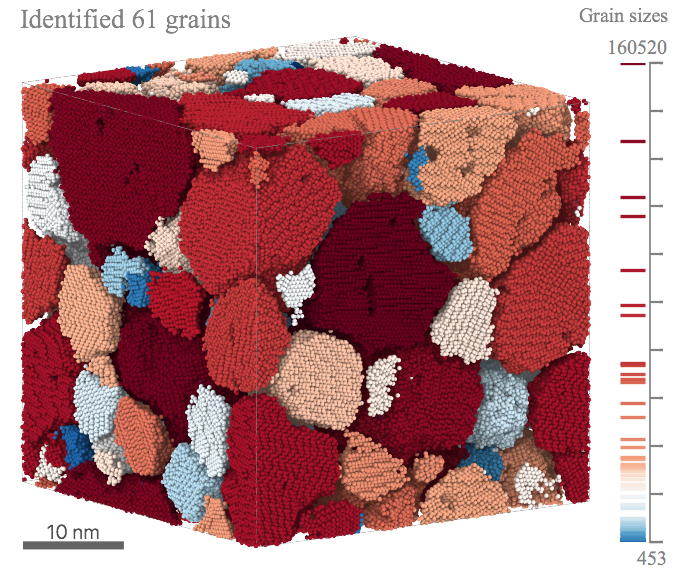
Machine learning-based algorithm characterizes materials’ microstructure in 3D and real time.
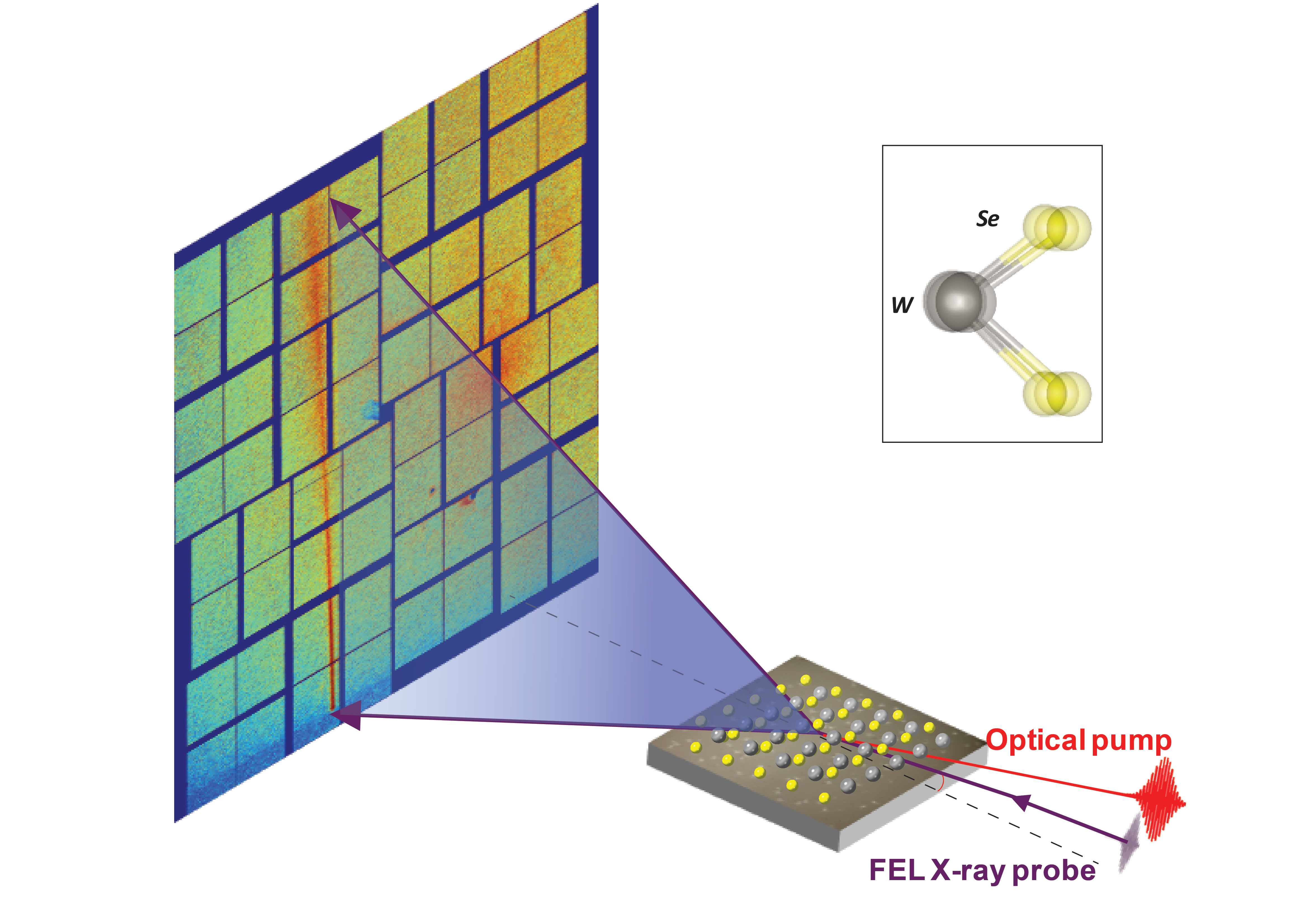
X-ray scattering measures the positions of atoms as they vibrate in a two-dimensional cover sheet.